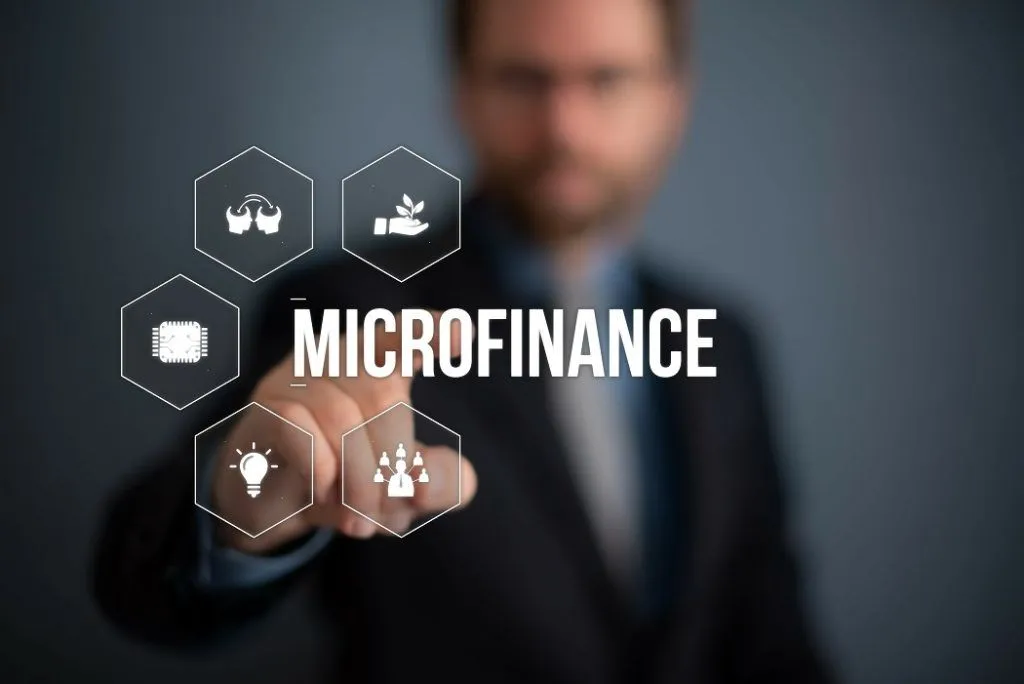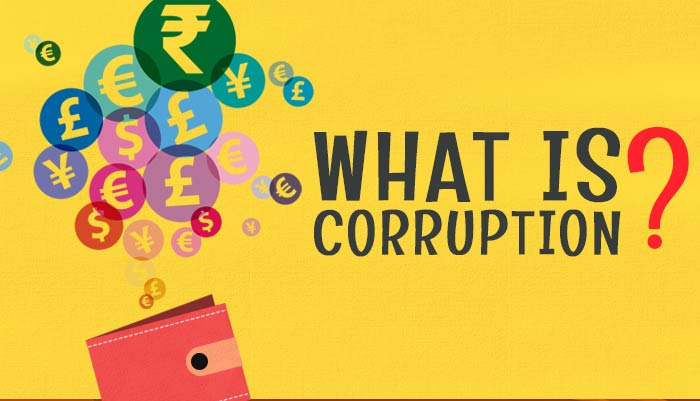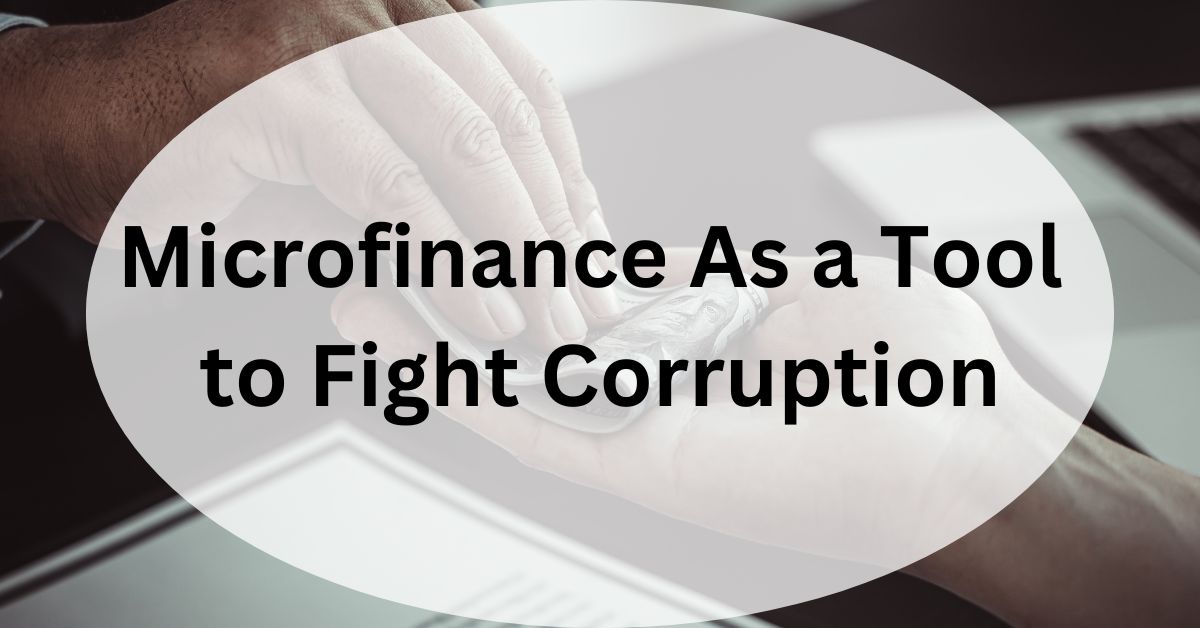Where microfinancing helps people to grow, corruption acts as a hurdle in their growth. Microfinancing means providing monetary help (small loans) to people in need. People can use this money to start their businesses or pay their bills. It is generally provided by banks or other microfinancing institutions.
But corruption is everywhere. As per some reports, even the microfinancing industry is facing corruption. Instead of considering important things like credit score, income, creditworthiness, and debt-to-income ratio, microfinancing institutions give loans on the basis of who is paying a higher bribe.
Governments and industries are looking for tools to fight corruption so that there can be maximum transparency in every industry and people can trust the process. At Harvard Social Enterprise Conference, where all the attendants were looking for ways to fight corruption, some attendants also came up with Microfinance as a tool to fight corruption.
In this article, we are going to explain how we can use microfinance as a tool to fight corruption. We will also tell you about other ways we can minimize corruption not only in the microfinancing industry but in other industries as well. So now let’s get started.
What is Microfinance?

Before jumping on to the main topic, let’s first understand microfinance and corruption. Microfinancing is a type of financial service that provides small loans, typically to entrepreneurs or individuals who lack access to traditional banking and financial services. The main aim of microfinance is to help people start or expand their own small businesses, allowing them to become self-sufficient and financially independent.
Microfinance institutions (MFIs) typically provide loans of relatively small amounts, often less than $1000, to individuals who might not be eligible for traditional bank loans due to their lack of collateral, credit history, or income. In addition to loans, microfinance institutions may also offer other financial services, such as savings accounts, insurance, and financial education. The impact of digital field applications has been very large on the microfinance industry. Now, you can get microfinance online as well while sitting at your home, just with the help of your mobile and internet.
Microfinancing has been successful in promoting economic development and reducing poverty in many parts of the world, particularly in developing countries where access to traditional banking is limited. However, critics argue that microfinancing can also create a cycle of debt for some borrowers and that more comprehensive solutions to poverty and economic inequality are needed.
What is Corruption?

Now that you know what is microfinancing, let’s understand what corruption is. Corruption is a form of dishonest or unethical behavior in which a person or group uses their power or authority for personal gain, often at the expense of others. Corruption can take many forms, including bribery, embezzlement, fraud, nepotism, and abuse of power.
Bribery is the most common form of corruption, involving the offering or acceptance of money or other valuable items in exchange for favors or special treatment. The main problem with corruption is, it starts on a small scale and then everyone else starts getting involved in it for their personal benefits or extra earning.
But it can have serious negative effects on society, including undermining the rule of law, distorting the economy, and eroding public trust in government institutions
It can also lead to inequality and poverty, as resources are diverted away from the public good and into the hands of corrupt individuals and groups. Fighting corruption requires strong legal frameworks, effective enforcement mechanisms, and a commitment to transparency and accountability. Now let’s see how we can use microfinance as a tool to fight corruption.
Microfinance As a Tool to Fight Corruption

Corruption is a big hurdle in the development of people and the country as a whole. It eats up all the potential progress and stops the progress of a nation and if it spreads a lot, it can even degrade the overall development of a nation. As we told you, at the Harvard Social Enterprise Conference, people said that we can fight corruption with the help of microfinance. Let’s see how we can put this into execution.
We can use microfinance as a tool to fight corruption by promoting financial inclusion and empowering individuals and communities to become self-sufficient and financially independent. By providing small loans to entrepreneurs and individuals who lack access to traditional banking and financial services, microfinancing can help reduce the power imbalance between those in positions of authority and those who are economically disadvantaged.
When people have access to affordable and transparent financial services, they are less vulnerable to corruption and exploitation by those in power. Microfinancing institutions can also play a role in promoting transparency and accountability by requiring borrowers to provide detailed business plans and financial reports, and by conducting regular audits to ensure that loans are being used for their intended purposes.
Moreover, microfinancing institutions can also promote good governance by supporting community-based organizations and promoting social responsibility among their clients. By encouraging borrowers to participate in community development initiatives and promoting transparency and accountability at all levels, microfinancing can help build a culture of integrity and reduce the prevalence of corruption.
But to make this successful, there is a need for product innovation at the base of the pyramid. This means that first of all, we need to make sure that the microfinance industry is free of corruption. The loans are given on the basis of standard factors like credit score, credit report history, and creditworthiness, and not on the basis of personal relations or bribes.
Other Ways to Fight Corruption
Now we have an idea of how we can use microfinance as a tool to fight corruption. But this is not enough, we also need to look for other ways to fight corruption, so that we can tackle this parasite of corruption completely. Here are some of the ways to reduce corruption.
1. Proper Report Center
The main problem in preventing corruption is that people do not know where to report corruption. So even if someone sees some corruption, they believe they cannot do anything about it. For this, the government needs to make a proper department where people can report if anyone asks them to pay any bribe.
For example, in India, there is a website called “I Paid a Bribe”. If someone pays a bribe or is forced to pay the bribe, they can register their complaint on this website. Then the authority conducts a proper inquiry into the case and takes strict action against the people to whom the bribe is paid.
Along with the availability of the report center, proper awareness regarding the report center also needs to be there so that people know that they can complain about corruption.
2. Ask Questions
Another way to prevent corruption is by asking questions. If you are suspicious about any particular incident, or thing that your government and you believe that there can be involvement of corruption, do not get scared from asking questions. Most states offer the Right to Information, where you can ask the government about any process.
3. Know Your Rights
In order to prevent corruption, it is very important to know your rights. For example, if the government is offering free food to people with low income, but the low-income people do not know about it, then the middlemen might try to conduct corruption and get away with the food that was actually the right of people with low income.
4. Power of People
When it comes to a social problem like corruption, it is very important that the people collectively take action against it. Because since this is a social problem, one day or the other, it will affect you as well. So, if you see any petition against corruption or any other social problem, make sure you stand for it without getting selfish.
This way, you can also give suggestions for increasing poverty outreach. If thousands of people get united, the government, or any private institution for that matter will be forced to give answers and transparency to the people.
4. Take Pledge Not to Take or Pay a Bribe
Last but not the least, to prevent corruption, it is very important that you take action yourself. Make a promise to yourself that you will never pay or take bribes. Also, if you see corruption, make sure that you report it to the right authorities.
Frequently Asked Questions (FAQs)
Q1. What does microfinance solve?
Microfinance basically solves the problem of people who cannot get loans from traditional lending institutions like banks and credit unions by offering them small loans. With this financial aid, people can start their businesses or get through the financial problem and contribute to the economic growth of their own as well as the entire nation.
But if we widen the view, microfinancing also helps in reducing corruption. If people are self-sufficient and have enough money to meet their needs, they will neither pay bribes nor take bribes.
Q2. How does microfinance help?
Microfinance helps by giving small loans to people who cannot get loans from credit unions or banks. This financial aid allows the borrower to earn more money by helping them to start their business or use this money anywhere else.
Q3. How can corruption be prevented?
In order to prevent corruption, most importantly, every individual needs to take action on their own and decide that they will not pay or take any bribe. Moreover, people also need to be aware of their rights as well as the channels where they can report any corruption. Other than this, the government also needs to make stronger laws and take strict action against the people who get involved in corruption.
Conclusion
Corruption is a big issue in every country these days. But we can definitely use microfinance as a tool to fight corruption. If people have enough money to take care of things on their own, they will not get involved in corruption.
However, it is important to note that microfinancing alone cannot solve the problem of corruption, as it is a complex social and political issue that requires a multi-faceted approach. Therefore, microfinancing should be combined with other measures such as strong legal frameworks, effective enforcement mechanisms, and a commitment to transparency and accountability to effectively reduce corruption.
Author Profile
- Elizabeth Jones is one of our editorial team’s leading authors on credit card offers, services & more. With over two decades of experience in the consumer credit industry and as a nationally recognized credit expert, Elizabeth provides in-depth analysis of both traditional & alternative forms of credit. Elizabeth regularly appears on many major media outlets including NBC Nightly News, Fox Business Network, CNBC & Yahoo! Finance. She is also a frequent contributor to Forbes Magazine. As a highly appreciated author for our exclusive Editorial Team, Elizabeth strives to provide readers with a trustworthy advice on how to manage their credit accounts while staying informed on the latest offers in the marketplace.
Latest entries
 BlogSeptember 26, 2023How to Block Payments on Cash App: A Comprehensive Guide
BlogSeptember 26, 2023How to Block Payments on Cash App: A Comprehensive Guide BlogSeptember 21, 2023How to Add Money to Apple Pay: A Comprehensive Guide
BlogSeptember 21, 2023How to Add Money to Apple Pay: A Comprehensive Guide BlogSeptember 20, 2023PayPal Gift Cards: Everything You Need to Know
BlogSeptember 20, 2023PayPal Gift Cards: Everything You Need to Know BlogSeptember 20, 2023How to Add an Apple Gift Card to Wallet: A Step-by-Step Guide
BlogSeptember 20, 2023How to Add an Apple Gift Card to Wallet: A Step-by-Step Guide

